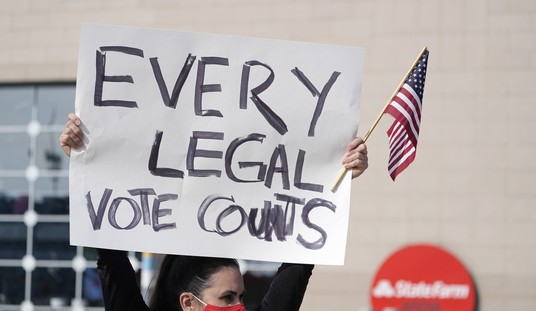Growing up in rural Georgia, Easter meant not only the resurrection of Jesus, but also a new Sunday dress, a hat, gloves and more chocolate than I could eat, at least at one time.
My sister Kathy and I would wake up before dawn, rush to our Easter baskets, eat a few bites of chocolate, get dressed in our brand new Easter dresses and head out for the sunrise service, with candy stashed in our purses.
It seemed as though the services were more bearable since we were able to unwrap the candy during the service and pop it into our mouths in ever shortening intervals throughout the service.
When we were older, we not only grabbed candy out of the Easter baskets but would also grab the stockings that the Easter Bunny had brought us (in the L'eggs egg container), before getting dressed for church. Eventually, we stopped wearing hats and gloves and stopped receiving L'eggs, but taking candy to church would continue, even as we grew older.
My clearest memory of Easter is not of all the candy that I ate, but of the beauty of the morning as we celebrated Easter during a sunrise service on top of a mountain. I'm not even sure where we were. We had gotten up early and driven a while. It was quite chilly, and I had a sweater wrapped around my shoulders.
Recommended
The woods surrounded us, and the view was of the valley below. Azaleas were in bloom, and the trees were bright green. As the sun rose, fog came up from the ground, making the cross behind the altar barely visible. The area surrounding the cross was both hazy and bright: hazy from the fog, bright from the sun. The cross became clearer as the sun ascended in the sky and the fog burned off.
As the cross became clearer, the colors of the flowers and trees appeared brighter. The contrast of the cross, the symbol of Jesus' death, and the new growth of the trees and flowers were stark at the time, but now seem a perfect juxtaposition.
As a child, Easter seemed to be more about Jesus' death and his burial. Time was spent wondering during the service: What would a crown of thorns feel like, how would Jesus have been able to carry the cross, how could his mother have borne the loss of her son? Jesus' resurrection was, of course, mentioned, but not focused upon.
As an adult, I find myself spending more time thinking about Jesus' resurrection, what it meant to his disciples and what it means to me. Possibly as the balance of my life becomes shorter and my eventual demise more evident, it is natural to focus on the life hereafter, rather than focus on death that is coming closer and closer.
The cycle of life includes both new birth and eventual death, leading to rebirth and new life. In the phases in between birth and death, there are numerous times for changes, transitions, for interim steps, for one phase of life to be over and for another to begin.
For me, these past three years have been ones of twists and turns. My father's presidential primary run, quickly followed by my mother's stroke and then her passing away a year later.
It's these times of change that produce conflicting feelings: feelings of sadness over what was lost or is now gone; feelings of hope of the new life to come.
So it is with Easter. The sadness of the cross, of Jesus' death, juxtaposed against his resurrection and the joy of receiving God's gift of eternal life.
This focus on new life is reinforced in the Northern Hemisphere by the backdrop of spring. The backdrop of new life reminds us that Easter is more than a season of death; it is a season of new life, a time to be joyful, thankful for God's gift of eternal life and to look forward with anticipation of what is to come.
This year I am looking forward to waking up early, before the first light, walking out into the dark and awaiting the sunrise, and the service with my family.


